The sustainable promise of scrap zinc recycling
The basics about zinc
Zinc, a vital element found in the Earth's crust, plays a crucial role in various aspects of modern life. Its atomic number 30 places it in the transition metal category of the periodic table. Naturally occurring zinc primarily exists in the form of ores such as sphalerite, smithsonite, and hemimorphite. Known for its bluish-white color, zinc boasts excellent corrosion resistance, making it an ideal material for galvanizing steel to prevent rusting. Moreover, zinc's conductivity and malleability render it valuable in electrical applications and alloy production. Beyond industrial use, zinc is an essential micronutrient for human health, involved in numerous physiological processes ranging from immune function to DNA synthesis. As environmental concerns mount, recycling initiatives have gained traction, aiming to harness the full potential of zinc while minimizing waste and environmental impact.
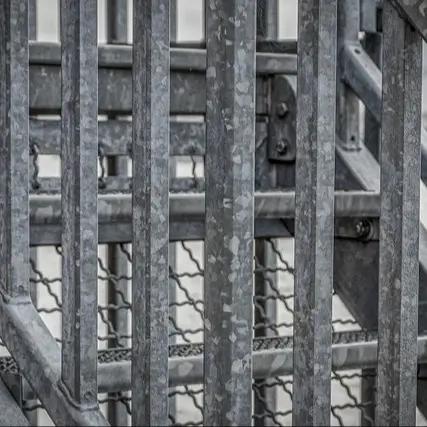
Which are the most common economic uses of zinc?
Zinc finds its primary economic applications in galvanization, alloy production, and as a component in various industrial processes. Galvanizing steel with zinc is perhaps its most ubiquitous use, providing corrosion protection to infrastructure, buildings, and automotive parts. This process extends the lifespan of steel structures, reducing maintenance costs and enhancing durability. Additionally, zinc alloys, such as brass and bronze, are widely utilized in the manufacturing sector for their desirable properties like strength, ductility, and low melting points. Zinc's conductivity makes it indispensable in the production of batteries, electronic devices, and telecommunications equipment. Moreover, zinc oxide serves as a crucial ingredient in rubber manufacturing, ceramics, paints, and pharmaceuticals. Its versatility across industries underscores zinc's status as a cornerstone of modern industrial economies.
The zinc recycling journey and its challenges
The zinc recycling journey represents a vital component of sustainable resource management, aiming to minimize environmental impact while maximizing resource efficiency. Unlike some other metals, zinc has a relatively high recycling rate, with a significant portion of the global supply derived from secondary sources. This recycling process typically involves collecting scrap zinc from various sources, including industrial waste, end-of-life products, and manufacturing offcuts. Once collected, the scrap undergoes sorting, shredding, and melting to produce secondary zinc ingots or other forms suitable for reuse. Despite its importance, zinc recycling faces several challenges. One primary obstacle is the heterogeneous nature of zinc-containing scrap, which often contains impurities and alloying elements. These impurities can affect the quality and properties of the recycled zinc, necessitating costly purification processes.
Furthermore, zinc recycling must contend with technological limitations and market dynamics. Additionally, the logistics of collecting and processing scrap zinc can be complex and resource-intensive, particularly in regions with limited recycling infrastructure. Traditional recycling methods may not always yield high-quality zinc suitable for all applications, leading to concerns about performance and reliability. Moreover, fluctuations in zinc prices and demand can influence the economic viability of recycling operations, potentially affecting investment and participation in the recycling sector. Environmental considerations also pose challenges to zinc recycling efforts. While recycling reduces the need for primary zinc production and associated energy consumption, certain recycling processes can generate emissions and waste. Improper handling of zinc-containing materials may also result in environmental contamination, posing risks to ecosystems and human health.
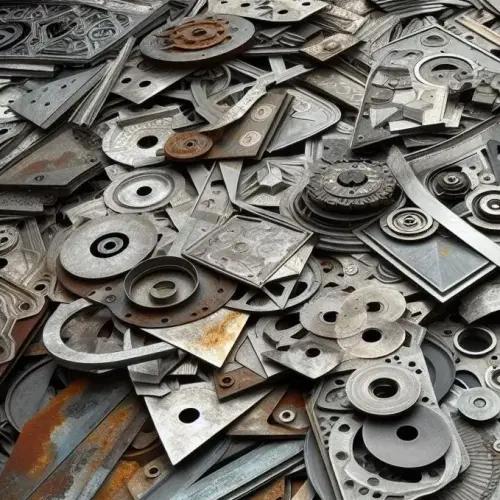
Where does zinc scrap come from?
Consumer goods
Electrical and electronic waste
Automotive sector
Construction and demolition

Types of zinc scrap
The Institute of Scrap Recycling Industries (ISRI) classifies zinc scrap into several categories based on its composition and source. One common type is New Zinc Scrap, which consists of unused, unalloyed zinc products such as sheet, pipe, or stampings generated during manufacturing processes. Old Zinc Scrap encompasses zinc-containing materials sourced from demolition, renovation, or end-of-life products, including galvanized steel scrap, zinc die-castings, and zinc dross. Another category, New Plated Zinc Die Cast Scrap, includes clean, plated zinc die-cast scrap derived from manufacturing operations. Meanwhile, the ISRI specification for Nonferrous Foundry Alloys, which includes zinc, covers alloys conforming to specific chemical composition requirements suitable for foundry applications. Each type of zinc scrap undergoes sorting, processing, and recycling to recover valuable zinc for reuse in various industrial applications.
Recycling zinc reduces the need for primary zinc production, which typically involves energy-intensive processes and emissions of greenhouse gases and other pollutants.
Additionally, recycling zinc helps mitigate environmental degradation associated with zinc mining and extraction, preserving natural habitats and reducing water and soil contamination.
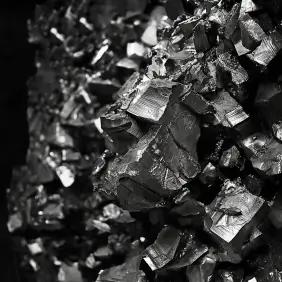
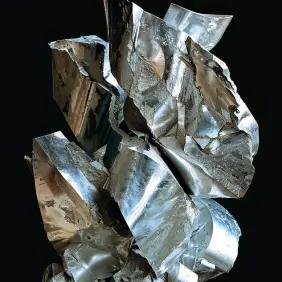
What are the top three countries that buy zinc scrap?
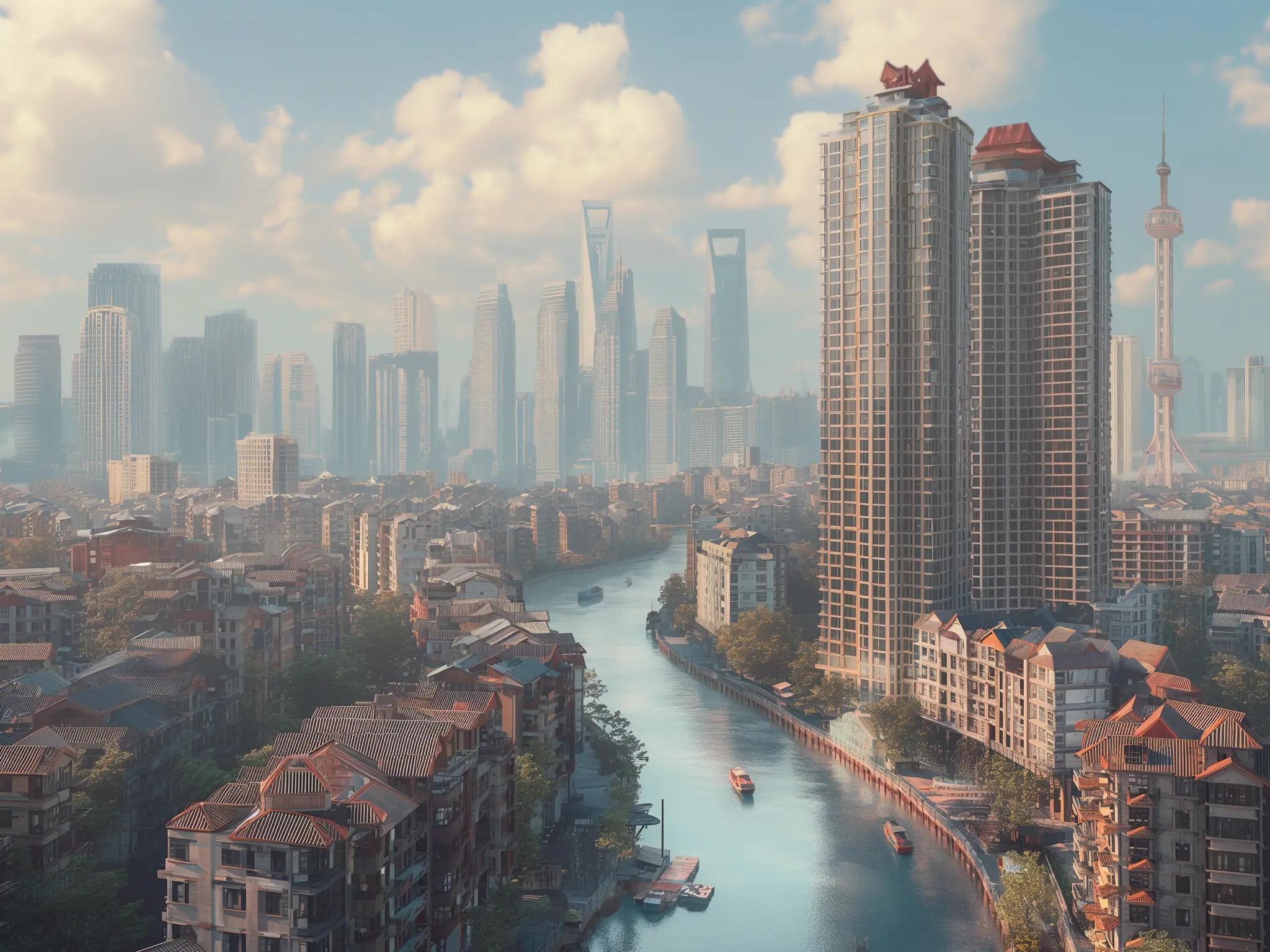
China
As a major producer of various industrial goods and a significant consumer of zinc, China has a high demand for zinc scrap to support its manufacturing sector.

South Korea
South Korea is known for its strong industrial base, particularly in sectors such as automotive, electronics, and construction, all of which utilize zinc in various applications. Therefore, it imports zinc scrap to feed its manufacturing needs.

India
With its rapidly growing economy and expanding infrastructure development, India is another significant importer of zinc scrap. The country's construction, automotive, and manufacturing industries drive the demand for zinc scrap as a cost-effective raw material.

Buying and selling zinc scrap with METYCLE
At METYCLE we buy and sell all types of zinc, especially saves, scoot, scrub and scroll (as specified and defined by ISRI (Institute of Scrap Recycling Industries). We are metal specialists who will work closely with you to either find the best zinc for your requirements or to create immensely scalable business for your zinc scrap. Get in touch with us today to partner up with the world's leading scrap metal marketplace! We are based in Germany, and through us you get access to hundreds of suppliers and thousands of products - all while enjoying hassle-free shipping and customs and favourable payment terms.
Read more
Recycle metals with us
Recycle metals with us
Our metals
- Aluminum: the economic impact of recycling
- Copper: uncovering the sustainable scrap cycle
- Lead: the journey of scrap metal recycling towards a greener future
- Magnesium: scrap as a renewable resource for circular economy
- Nickel: scrap recycling as a value maximizer for sustainable industry growth
- Zinc: the sustainable promise of scrap recycling
Inside METYCLE
Inside METYCLE
Engineering and Technology at Metycle
Want to stay updated via WhatsApp?
Stay ahead with METYCLE's products! Join our WhatsApp broadcast channel to receive real-time updates on available metals and unbeatable deals. Explore our current product offerings and never miss out on the best opportunities!
© 2025 METYCLE
